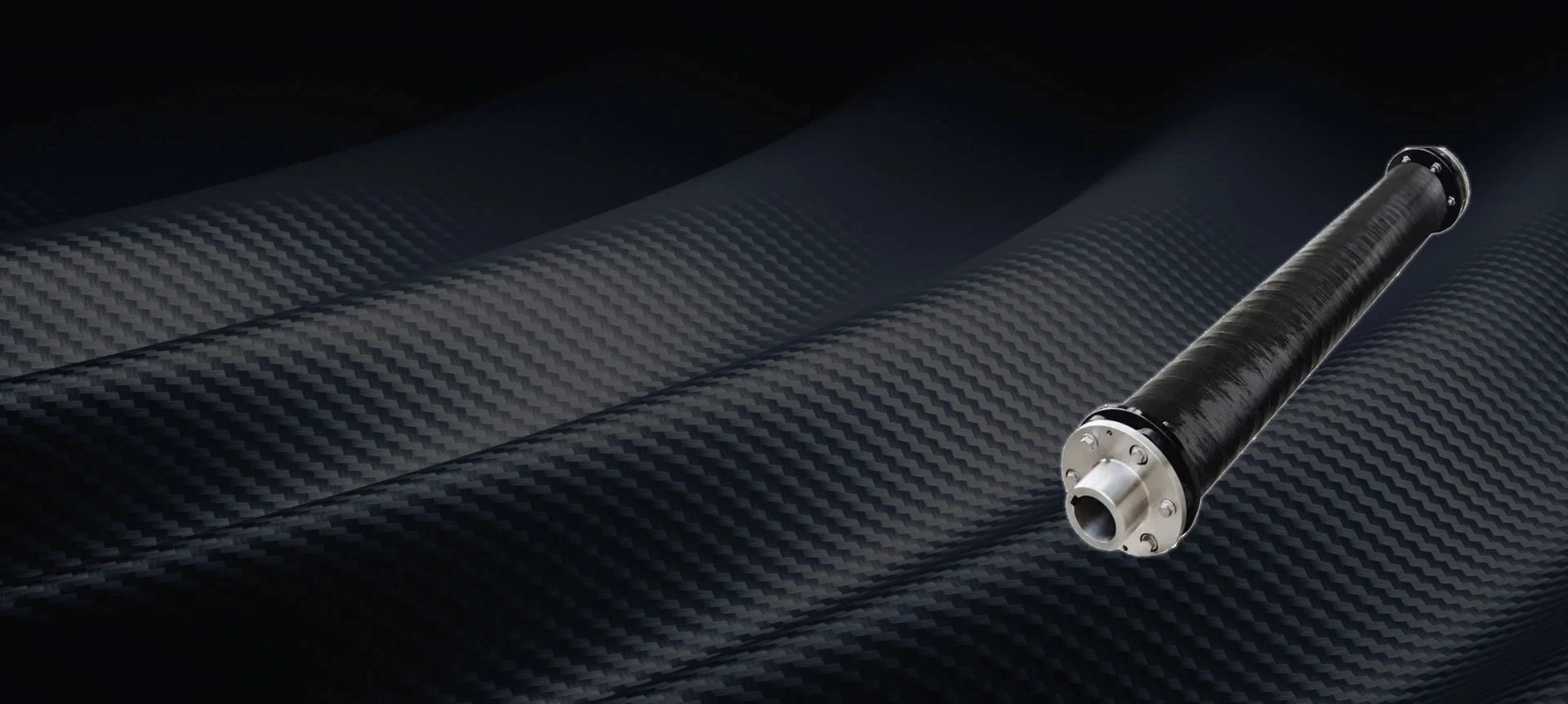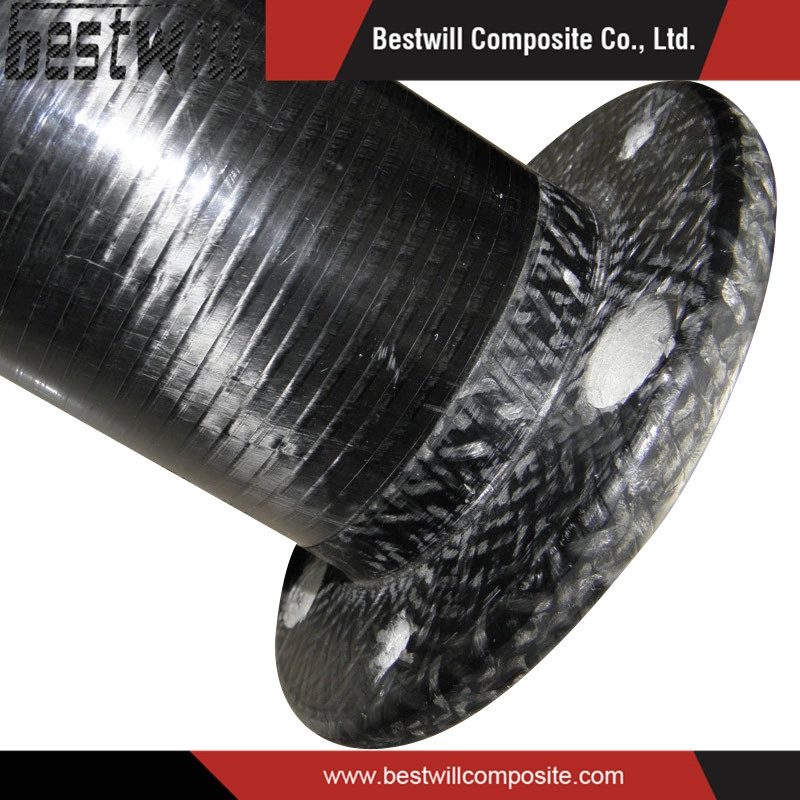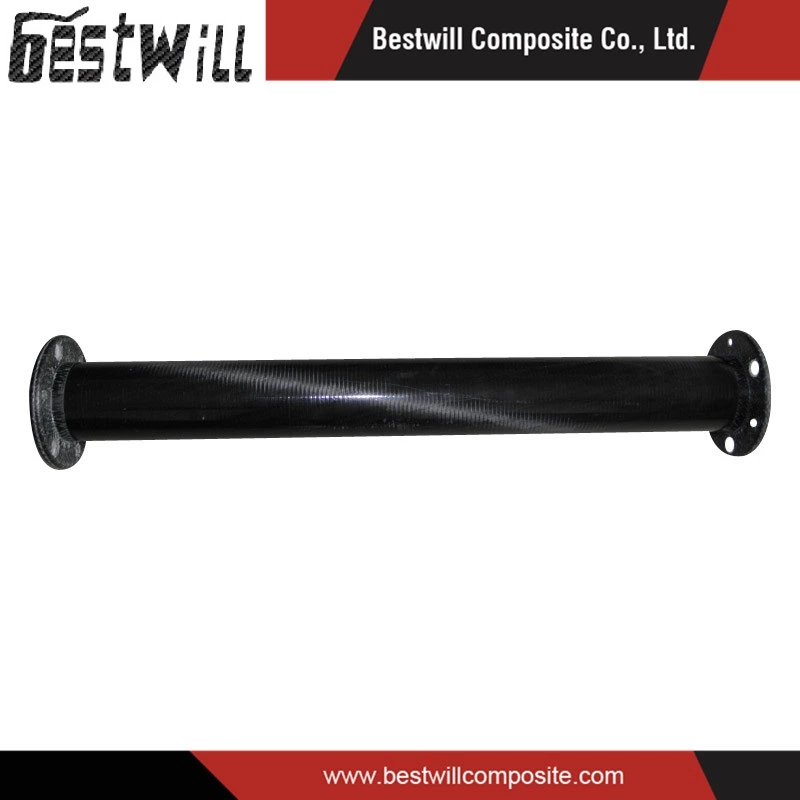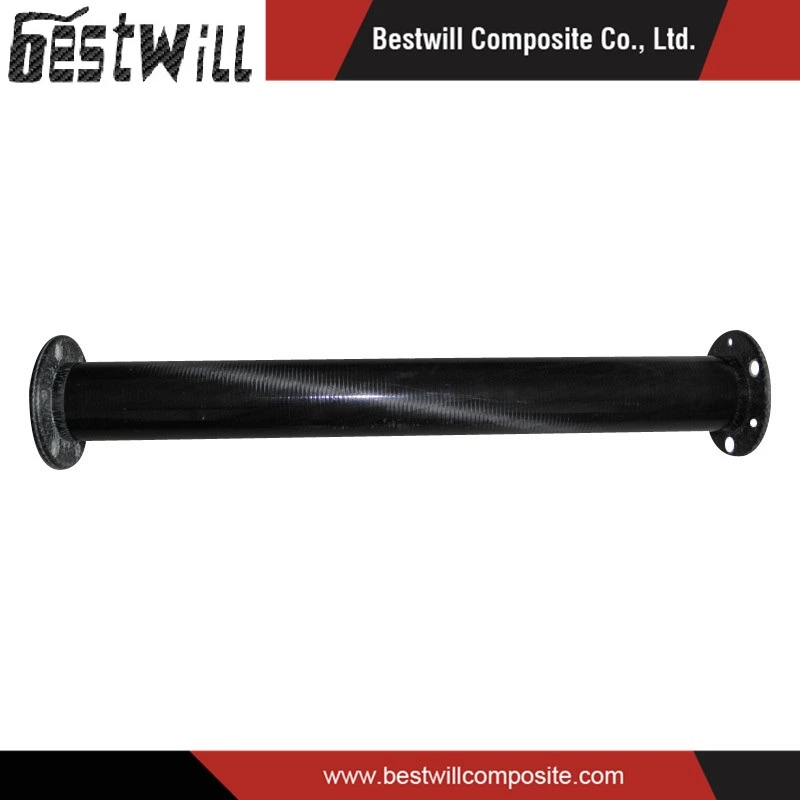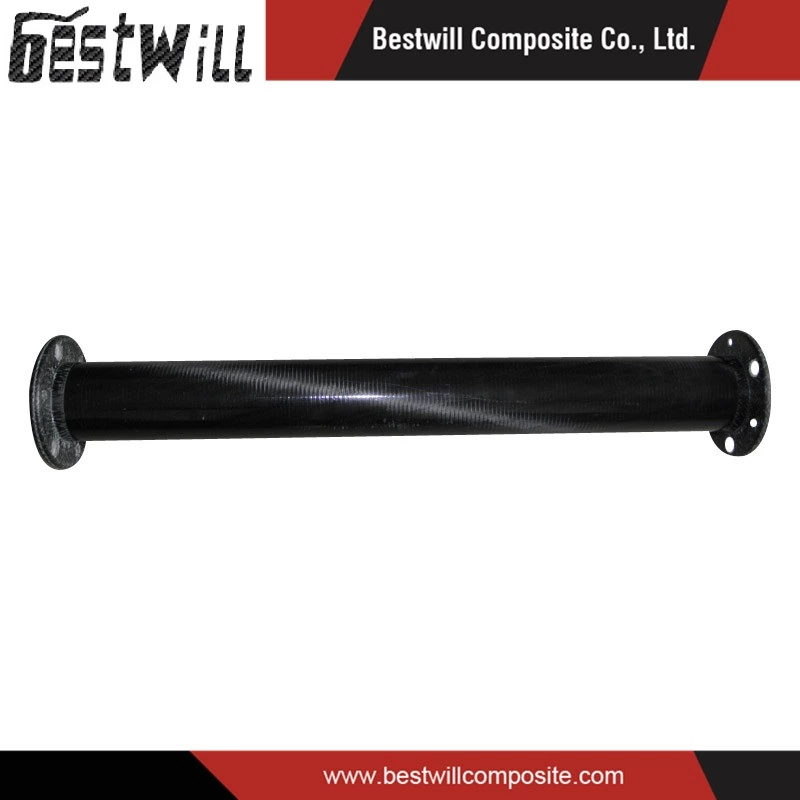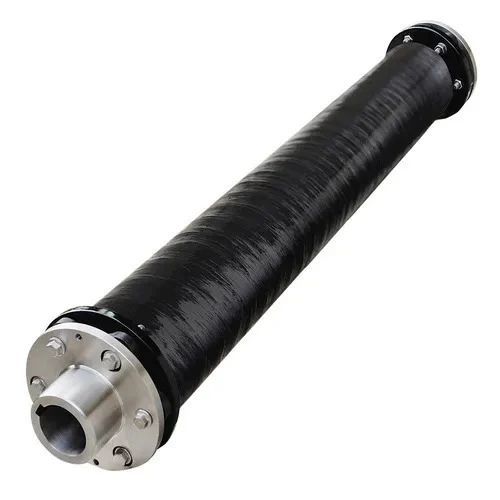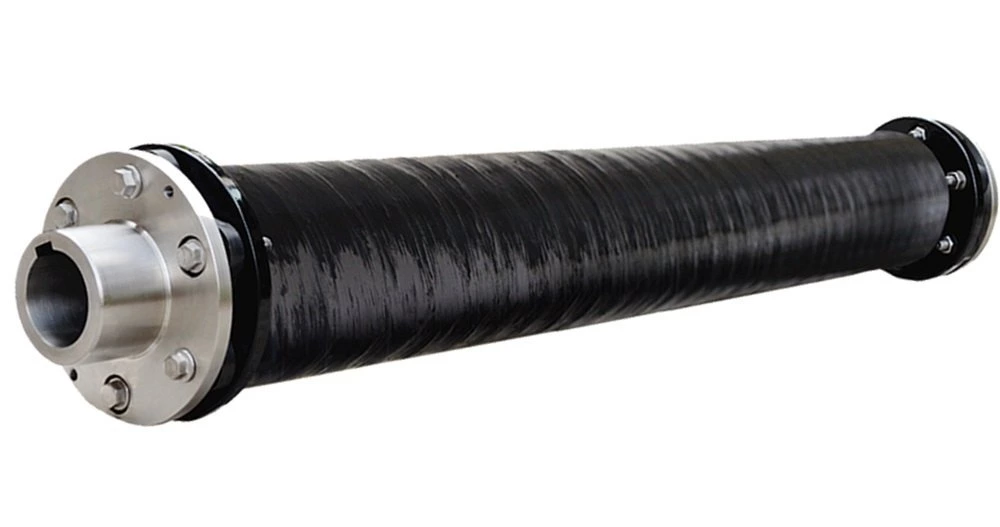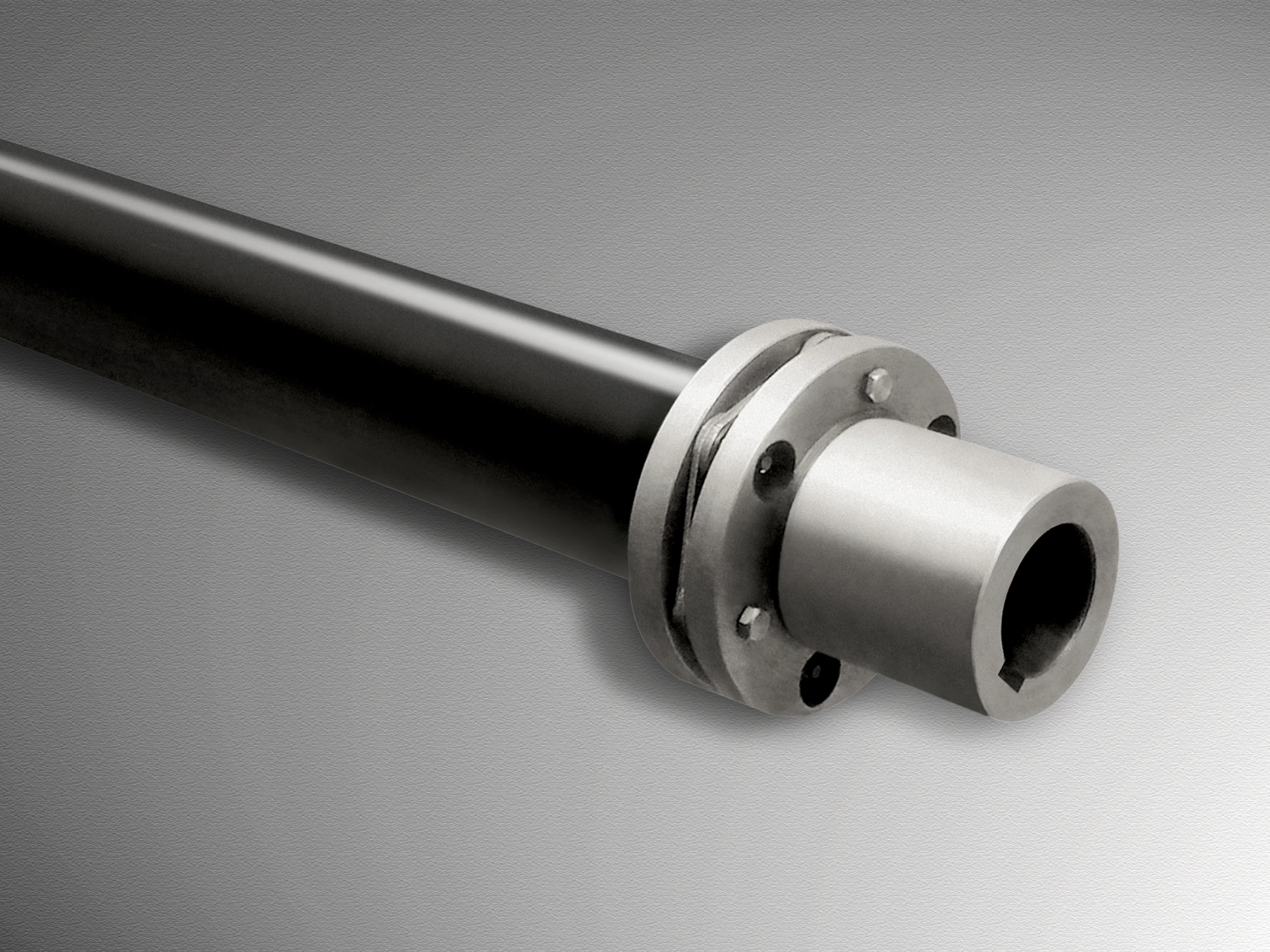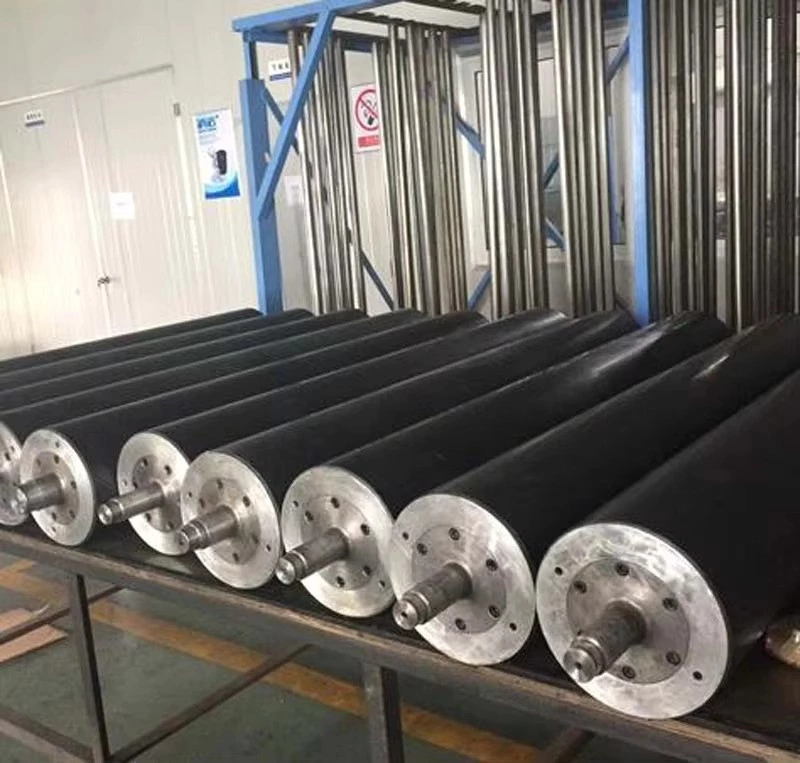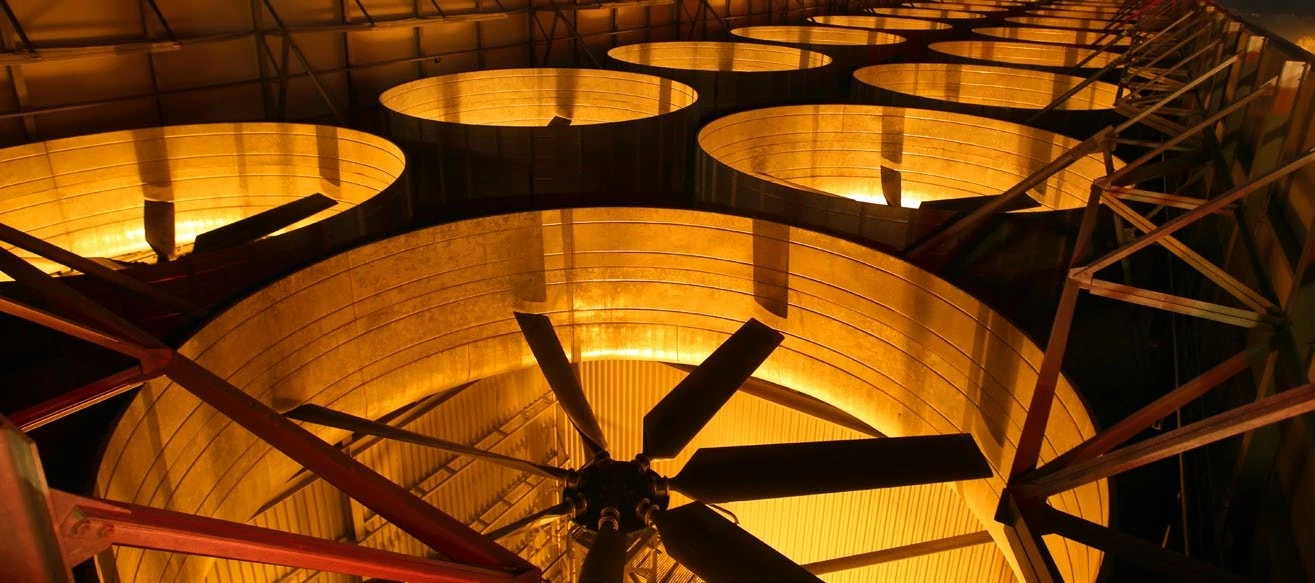What is Carbon Driveshafts?
Carbon fiber driveshafts are frequently utilized in various industries, such as automotive, commercial, defense, industrial, and marine, due to their exceptional capabilities. They are commonly found in specialized areas and offer a lighter and more secure option compared to traditional materials.
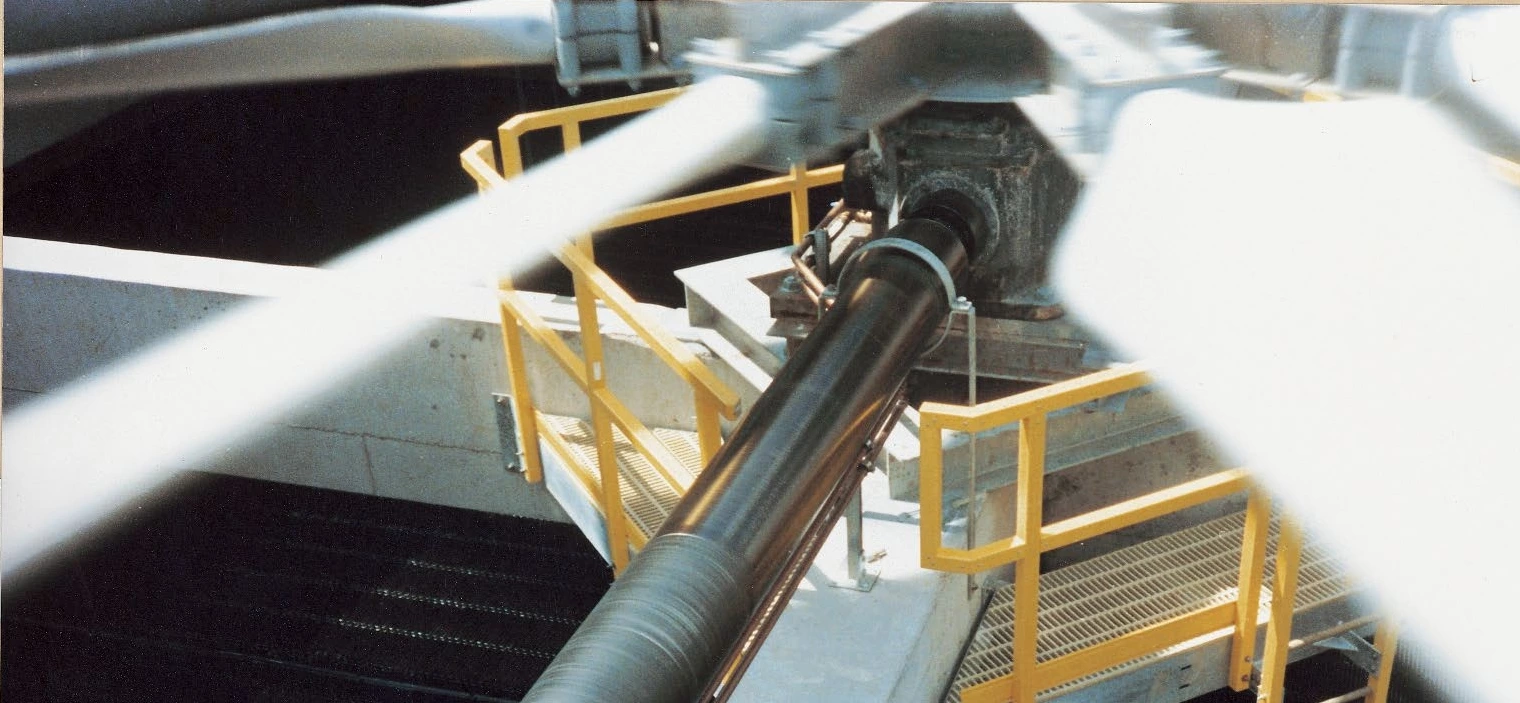
Aluminum, Steel, and Carbon Fiber Driveshafts introduce
A driveshaft is a crucial component in your car that transfers power from the transmission to the differential and then to the rear wheels. Although it may seem unimportant, the driveshaft is necessary for efficient energy transfer and motion. Depending on your desired build, you may want to upgrade your driveshaft from the standard steel to aluminum or carbon fiber options. Each material has its own advantages and drawbacks, catering to various types of drivers.
Aluminum Driveshafts
To decrease the excess weight and workload on your engine, consider switching from a steel to an aluminum driveshaft. Depending on the make and model of your car, this change could result in a weight reduction of up to 20 pounds due to the significantly lighter weight of aluminum.
Dropping a driveshaft provides significant benefits, as you are removing rotating weight rather than static weight. Therefore, the impact of the weight loss is even greater.
While aluminum has its advantages, it is important to note that it is more fragile than steel and can produce dangerous sharp edges when broken. Additionally, its drivetrain is noisier and does not absorb vibrations as well as steel, making it less comfortable for those who do not drive frequently. Its strength is also not as high as other metals, which may affect performance at high speeds.
While being lightweight, aluminum also has the advantage of being more resistant to weather damage compared to steel. This makes it an attractive upgrade option for those living in snowy regions. However, it should be noted that aluminum is prone to corrosion, so regular inspections are important.
Steel Driveshafts
One of the most cost-effective options available, steel driveshafts offer the advantages of durability and noise reduction within your vehicle. Some potential downsides of using steel for your driveshaft include its weight, which can add unnecessary weight to your vehicle, and the fact that it requires your engine to work harder due to the added rotation of the heavy driveshaft for movement.
For the average driver, a steel drivetrain is usually preferred due to its low maintenance needs and comfortable ride quality. However, for enthusiasts looking to reduce weight, the steel drivetrain can be easily replaced with lighter alternatives without sacrificing performance in activities such as drag racing, drifting, and autocross.
The various steel driveshafts differ in their composition. Chromoly steel tubes, though heavy, offer superior strength and can withstand high speeds. In contrast, seam tube, often used for stock driveshafts due to its low cost, is relatively weak compared to other forms of steel.
Carbon Fiber
Both carbon fiber and aluminum driveshafts offer significant weight savings, but carbon fiber outperforms aluminum in terms of weight reduction. Furthermore, unlike steel or aluminum, carbon fiber does not shear when damaged, instead breaking into harmless splinters that pose minimal threat to your vehicle.
Carbon fiber possesses superior strength compared to steel, and its vibrations are much lower than those of aluminum.
In summary, while carbon fiber is considered an ideal material, it also has its limitations. Unlike steel or aluminum, carbon fiber cannot be repaired and must be completely replaced if damaged. This becomes even more challenging due to the high cost and complexity of manufacturing carbon fiber, making it significantly more expensive than traditional materials like steel and aluminum.

When To Replace Your DriveShaft It's Broken
Ensure your vehicle is running smoothly by understanding the signs of a failing driveshaft. Despite the common misconception, an older vehicle does not mean you have to settle for a rough ride. Look out for excessive noise and vibrations, as well as a distinct clunking sound that is often associated with a faulty driveshaft.
Suspension Upgrades
When making significant suspension upgrades, it's important to also assess the driveshaft and its impact on your ride. Although often overlooked, upgrades to the driveshaft are relatively affordable and can greatly improve your overall suspension performance.
Horsepower Upgrades
Some customers may assume that more power always equals better, but this is not necessarily true. It's important to consider the usefulness of that extra power and ensure that your driveshaft can effectively transfer all that horsepower. That's why the 2020 Shelby GT500 includes a carbon fiber driveshaft from the start - when dealing with over 700 horsepower, it's crucial to have components that can handle the job.
Choosing a Driveshaft
The demand for reliable power transmission and rotational efficiency is increasing in critical applications such as cooling towers, motor-driven systems and helicopter rotary wings. Carbon Light has developed advanced carbon fiber drive shafts to meet these challenging operational needs. Our single-span, non-lubricated shafts are precision-engineered for maximum torque transmission, low maintenance and superior performance in demanding environments.
If you want to choose the right type , please provide the following information with your request:
-
DBSE (Distance Between Shaft Ends)?
-
Motor Nameplate Power and Speed? If two speed motor or operated on VFD, what is the speed range?
-
Fan speed or gearbox ratio?
-
Motor shaft diameter and keyway? Gearbox input shaft diameter and keyway?
-
Number of Fan Blades on the axial fan? How many starts per day?
-
Is the motor ever operated in reverse?
-
How many drive shafts are required and when?
Frequently Asked Questions About Carbon Fiber Driveshafts
Q: Are carbon fiber driveshafts good?
A: Increase your critical speeds with ease by using our carbon fiber driveshafts. Made from durable materials, they won't break apart and cause damage like alternatives made of steel or aluminum. Instead, they will simply separate into individual strands if failure occurs.
Q: Why do car guys love carbon fiber?
A: Carbon fiber is a highly sought-after material for car components because of its exceptional strength-to-weight ratio. In comparison to conventional materials such as steel or aluminum, carbon fiber is significantly lighter but equally durable. This contributes to better performance, as the reduced weight increases acceleration, maneuverability, and fuel economy.
Q: Does a carbon fiber driveshaft increase horsepower?
A: The steel shaft displayed 367 lb-ft and 413 hp, whereas the carbon fiber shaft yielded 373 lb-ft and 424 hp. These improvements could potentially result in a tenth of a second off the strip, and provide reassurance and improved performance.
Q: What is the benefit of carbon driveshaft?
A: Decreased noise, vibration, and harmonics - This leads to a smoother ride, benefiting both your machinery and the operator. By reducing stress on the carbon fiber drive shafts, their longevity is increased, as well as other powertrain components.
Q: How long does carbon fiber last on a car?
A: A carbon fibre car bonnet can have a long lifespan when properly maintained. Although there is no specific durability limit for such bonnets, certain manufacturers may provide a warranty of up to five years, showcasing their robust and durable nature.
Q: Are carbon fiber shafts better?
A: Carbon fiber pool cues are not easily affected by external factors, such as temperature or moisture. They are also resistant to warping and waterproof, making them suitable for storage in various conditions, including the trunk of a car. Carbon fiber cues maintain their stiffness.
Q: What is stronger graphite or carbon fiber?
A: Pitch-based graphite fibers are known for their superior modulus and lower strength compared to carbon fibers made by the PAN method. High-modulus graphite fibers produced from pitch typically have a modulus ranging from 50 to 145 msi and are commonly utilized in space structures that demand significant rigidity.
Q: What is the strongest grade of carbon fiber?
A: 24K Carbon Fiber
This carbon fiber grade is the most robust option and is commonly utilized in demanding settings that demand superior strength and longevity, including spacecraft and high-performance race cars.
Q: Does carbon fiber scratch easily?
A: Carbon fiber: ultra-light and almost unbreakable
Carbon fiber has become more and more sought after in the watch industry. Its lightweight nature, scratch-resistance, and distinctive structural design make it easily identifiable as carbon, providing a one-of-a-kind feature to every timepiece.
Q: Why is carbon fiber so popular on cars?
A: Carbon fiber is a highly advantageous material in the automotive industry due to its exceptional mechanical properties and lightweight composition, making it a promising solution for achieving greater efficiency, safety, and performance in vehicles.
